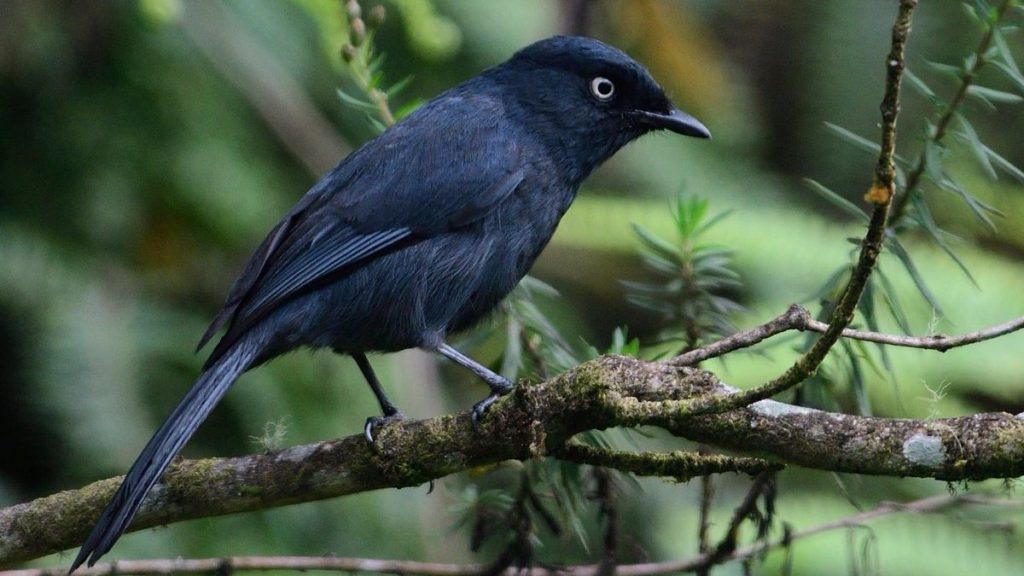Bird Watching In Akagera National Park
Bird Watching in Akagera National Park — Akagera National park predominantly resides in the Mubari–Migongo subregion, situated in the northeastern part of Rwanda, adjacent to the borders of Tanzania and Uganda. The park’s geography has undulating sandstone hills in the west, intersected at intervals by steep, narrow valleys. Floodplains and wetlands are prevalent in the east. The Gisaka subregion, located south of Buganza, experiences higher precipitation. North of Akagera National Park lies the Mutara subregion, characterized by open grasslands predominantly featuring Themeda, Hyparrhenia, and Cymbopogon grasses, which are emblematic of traditional pastoralism and recurrent bushfires.
The park’s highly diverse vegetation is regarded as the most heterogeneous savanna environment in the area. Open savannas are characterized by three predominant grasses: Themeda triandra, Hyparrhenia filipendula, and Cymbopogon nardus. While Acacia and Combretum are predominant, the park is home to over 250 tree species. To the east of the lake’s perimeter, the savanna transitions into a denser woodland, featuring gallery forests along the lake’s shores. Gallery forest species comprise Albizia spp., Acacia polyacantha, and some Ficus spp. Floodplain and marsh vegetation are present in the river valley, with marshes primarily dominated by Cyperus papyrus, Cladium, and Miscanthidium.

Significance of Bird watching Akagera National Park
Akagera boasts a comprehensive bird checklist of over 525 species, reflecting its extensive environmental diversity. Forty-four species of raptors, including the Papyrus Gonolek and Shoebill Stork, as well as numerous Palearctic migrants such as the Lesser Kestrel, Great Snipe, and Black-winged have been documented. The park delineates the northern boundary of distribution for some species endemic to the Zambezian biome, such as Sauza’s Shrike, Arnot’s Chat, and Long-tailed Cisticola. One species from the Guinea–Congo Forests biome, seven from the Afrotropical Highlands biome, and nine of the eleven species from the Lake Victoria Basin biome present in Rwanda have been documented at this location. Akagera National park boasts a diverse mammalian population exceeding 50 species, including the African Elephant, introduced to the region in 1975.
Best time for bird watching in Akagera National Park
Birdwatching in Akagera National Park is feasible year-round, as several bird species can be observed irrespective of seasonal weather conditions. Rwanda is characterized by two rainy seasons and two dry seasons. The wet seasons occur from mid-February to mid-May and from September to December, whereas the dry seasons span from June to mid-September and from December to February. Throughout the various seasons, you will have the opportunity to encounter surprises from many bird species.
In the dry season, one may observe various wetland avifauna, including Francolins, nightjars, owls, and African kingfishers. Conversely, during the wet season, numerous grassland birds can be encountered, such as songbirds, blue turacos, Ross’s turacos, coqui Francolins, long-tailed cisticolas, bubbling cisticolas, and Miombo wren warblers, among others. During the boat ride in Akagera National Park, several waterbird species, including cormorants, darters, herons, storks, and migratory birds, are observable, particularly from November to April, coinciding with the short rains and dry months.
Where to see birds in Akagera National Park
Every location in Akagera National Park is optimal for bird observation, as it serves as an exemplary habitat for various bird species in Rwanda. In the park’s savannah grasslands, one may encounter numerous bird species, including the grasshopper sparrow, Henslow’s sparrow, sedge wren, Spiza, McCown’s longspur, and Bachman’s sparrow, among others, which can be observed during game drives throughout the park.
Adjacent to the various swamps of the park, one can observe several wetland avifauna, including the endangered shoebill stork, spoonbills, great crested grebe, papyrus gonolek, and halcyon, among other bird species. During the boat ride, various waterbirds can be observed, including the African kingfisher, African sacred ibis, pied crow, bee-eater, sea eagle, circinae, pipits, cattle egret, yellow-billed stork, weavers, and longclaw, among other species
